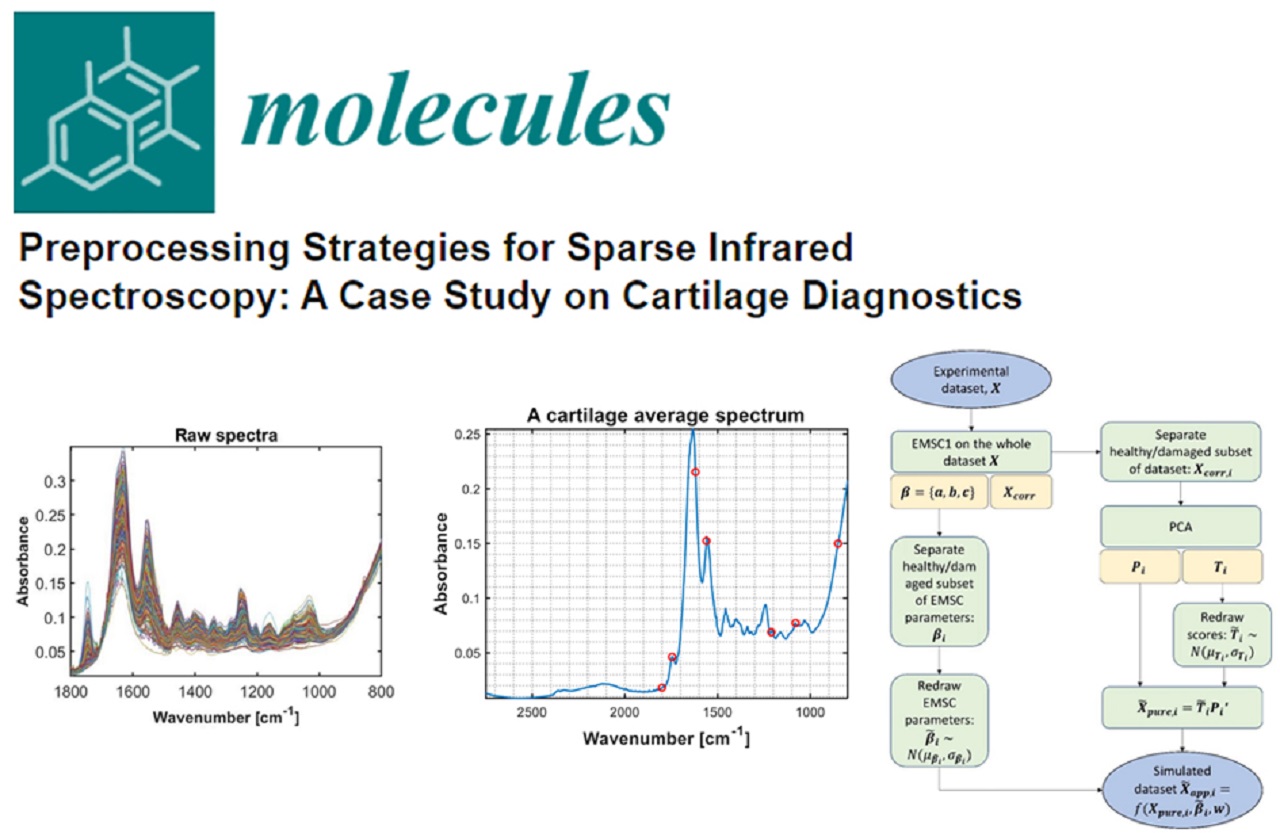Recently, a number of researchers (who are also involved in the MIRACLE project) have published a paper concerning the use of spectroscopy for in vivo follow-up of cartilage defects in ponies.
Sharp and blunt cartilage grooves were induced in the radiocarpal and intercarpal joints of Shetland ponies and monitored at baseline (0 weeks) and at three follow-up timepoints (11, 23, and 39 weeks) by measuring near-infrared spectra in vivo at and around the grooves. The animals were sacrificed after 39 weeks and the joints were harvested. Spectra were reacquired ex vivo to ensure reliability of in vivo measurements and for reference analyses. Additionally, cartilage thickness and instantaneous modulus were determined via computed tomography and mechanical testing, respectively. The relationship between the ex vivo spectra and cartilage reference properties was determined using convolutional neural network.
It was concluded that NIRS combined with machine learning enabled determination of cartilage properties in vivo, thereby providing longitudinal evaluation of post-intervention injury development.
This published work is an important step forward against the background of the aim of the MIRACLE project in which the technique of mid-infrared spectroscopy will be applied for evaluation of more subtle cartilage damage.
For further reading see the paper.


